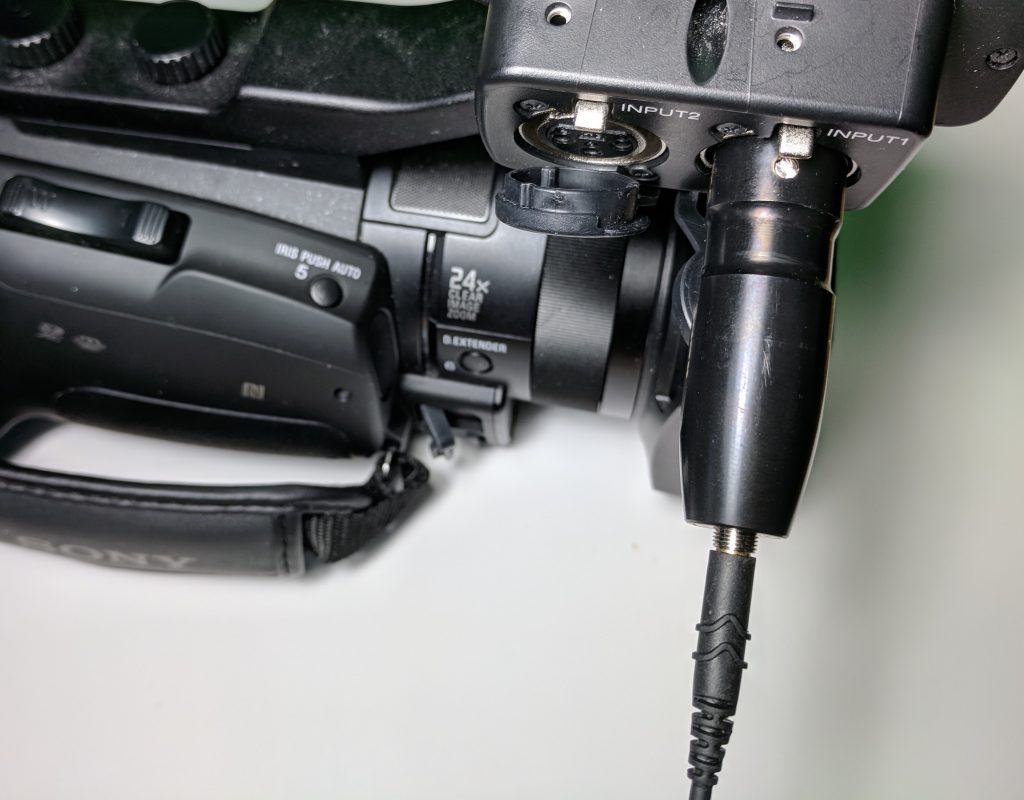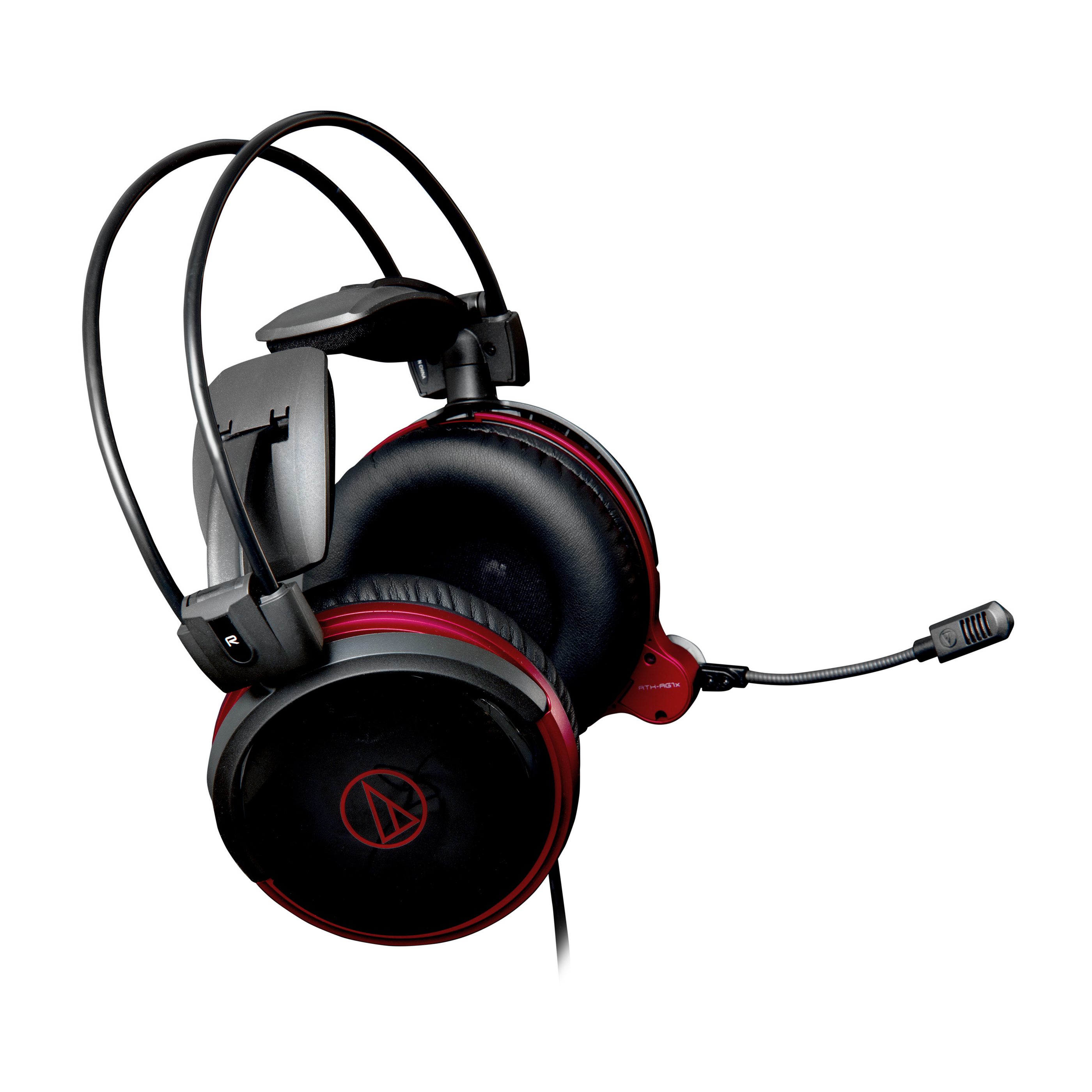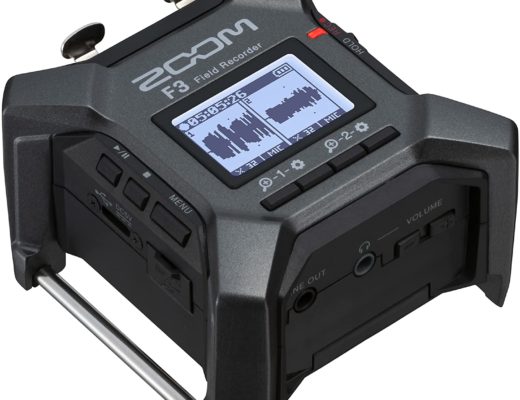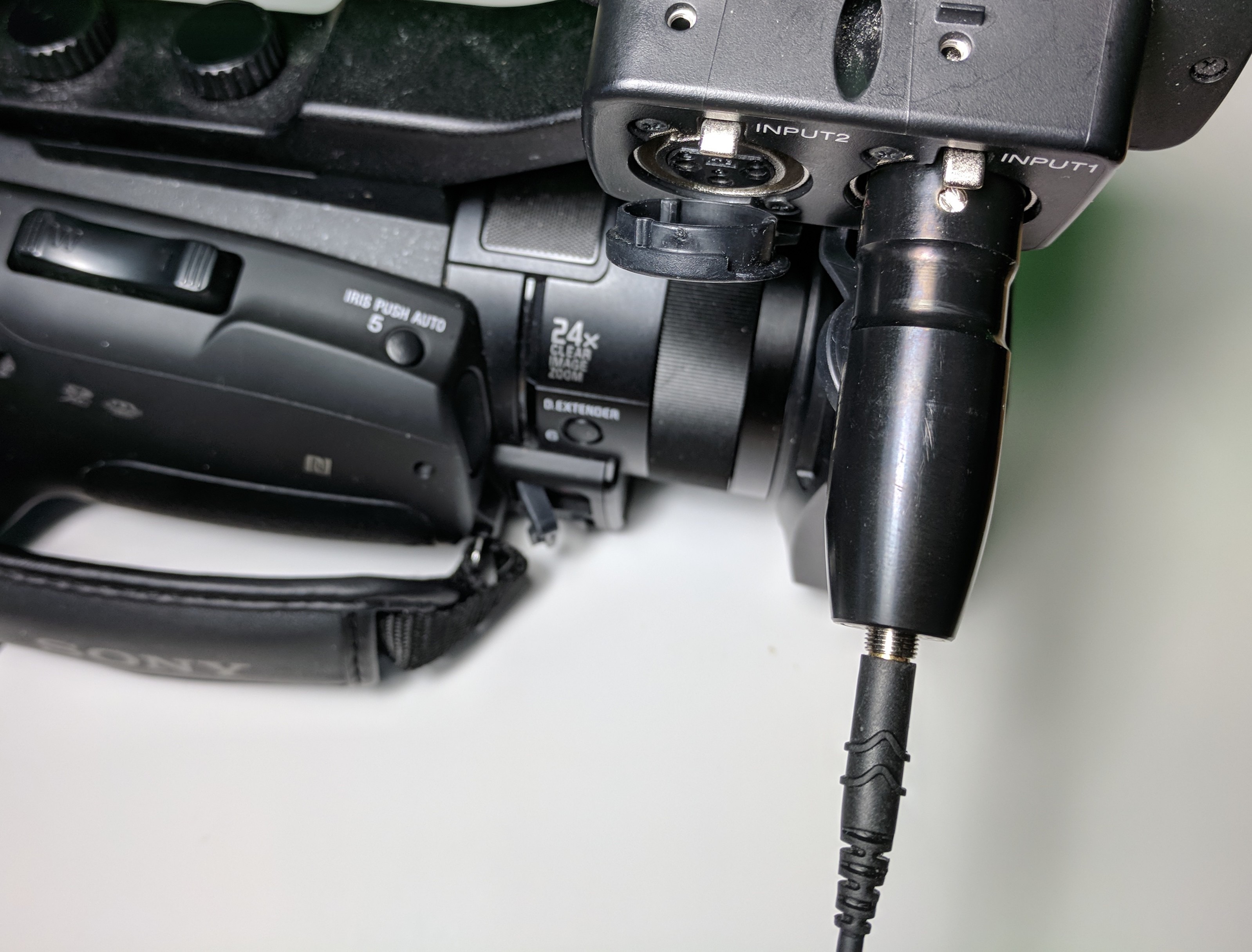
Since the dawn of microphones, there have been two greatly different types of signals: balanced and unbalanced. Since the dawn of powered electret condenser microphones, there have been two very different ways of powering them externally, which respectively are phantom power (typically 48 volts on balanced connections, although some devices accept between 12-48 volts) and bias voltage (typically 3-5 volts on unbalanced connections), more commonly known as plugin power. Before now, no off-the-shelf solution to bridge these two powering worlds existed, although a few very persistent people have resorted to special built-to-order and homemade ones. RØDE has now changed audio production history with the VXLR+, an upgrade to the original VXLR. This opens up a huge world of possibilities for unbalanced TS, TRS and (via an SC3 adapter) even TRRS microphones that require plugin power to be able to be—at last— used with professional XLR inputs on camcorders, mixers and recorders that exclusively offer the much higher voltage phantom power, while simultaneously matching a balanced input to an unbalanced source. Ahead you’ll find examples of such mics, from brands like Audio Technica, IK Multimedia, ModMic, MXL and RØDE. You’ll also learn other improvements in the VXLR+ beyond the power feature and impedance conversion, and even get a guest appearance from Art Garfunkel.
Art Garfunkel concert song
Art hasn’t told me (so far) which microphone he was using at the above concert. I remember this song and its message whenever I think about the VXLR+ converter (Amazon • B&H)!
Some unbalanced mics that require plugin power and can take advantage of the VXLR+
Audio Technica
- ATH-AG1x headset with mic with included adapter/extension with the with optional SC3 TRRS-to-TRS adapter from RØDE, reviewed here with recordings, Amazon • B&H)
IK Multimedia

- iRig Mic Lav (with optional SC3 TRRS-to-TRS adapter from RØDE, covered here, Amazon • B&H)
- iRig Mic (with optional SC3 TRRS-to-TRS adapter from RØDE, Amazon • B&H)
ModMic
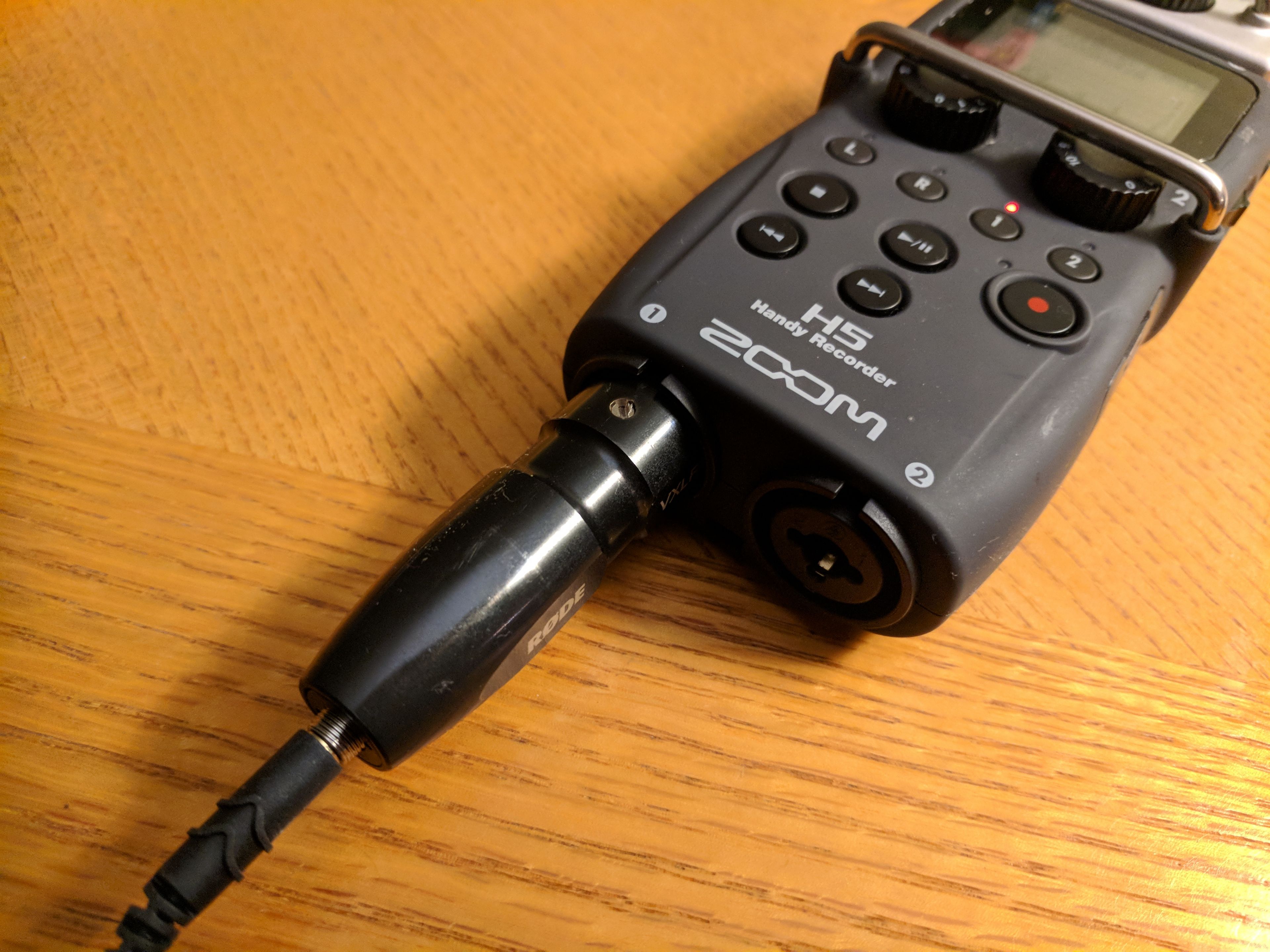
- ModMic5 headset mic (reviewed here with recordings, Amazon link), the one I used to test the VXLR+ (Amazon • B&H) with my Zoom H5 recorder (Amazon • B&H) as shown in the photo above.
MXL
- MM-130 handheld condenser mic (with optional SC3 TRRS-to-TRS adapter from RØDE, covered here, Amazon • B&H)
- MM-160 lavalier (with optional SC3 TRRS-to-TRS adapter from RØDE,covered here with recordings, Amazon • B&H)
RØDE
- HS2 headset mic (reviewed here with recordings, Amazon • B&H) which will also take advantage of the locking nut.
- SmartLav+ (when used with optional SC3 TRRS-to-TRS adapter, Amazon • B&H)
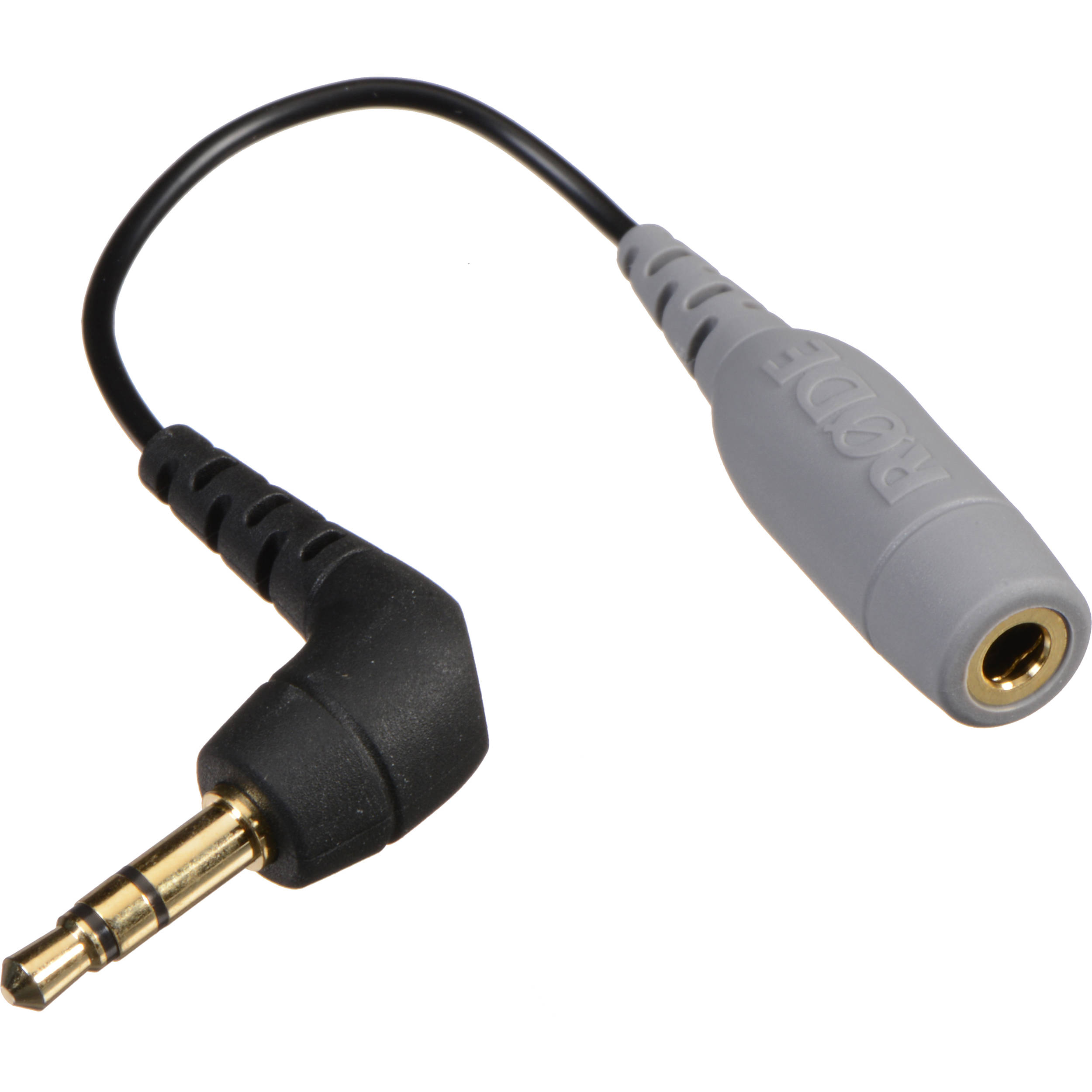
For the microphones listed above that are born TRRS for smartphones, the aforementioned RØDE SC3 adapter (Amazon link • B&H link) will make them work with the VXLR+ (Amazon • B&H).
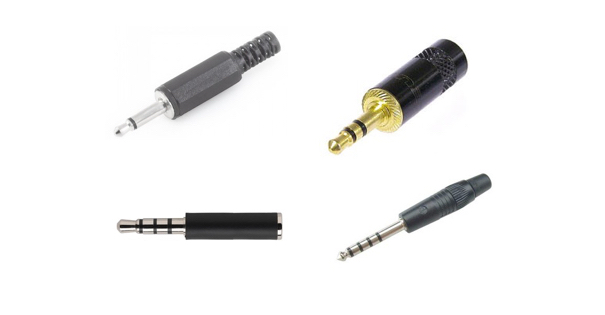
For a more details, see my article TS/TRS/TRRS/TRRRS: Combating the misconnection epidemic (illustrated above).
Compatibility with different types of TS and TRS microphones directly
Beyond the TRRS microphones (which will be connected via an SC3 adapter as indicated above), it is good to understand how it will work with different type of TS and TRS microphones. The VXLR+ (Amazon • B&H) offers:
- full compatibility with TS mono microphones
- full compatibility with TRS mono microphones (which have the Tip and Ring shorted)
- partial compatibility with true stereo TRS microphones, where it will receive the left channel of the stereo mic, but not the right.
Extra feature: a belt clip which acts as a strain relief
Whether its a handheld, lavalier or head-mounted mic, there needs to be strain relief when such a narrow lightweight unbalanced cable joins a thicker, heavier balanced cable. With traditional XLR lavalier mics, there is often a belt-mounted box which often contains a battery provides this strain relief.
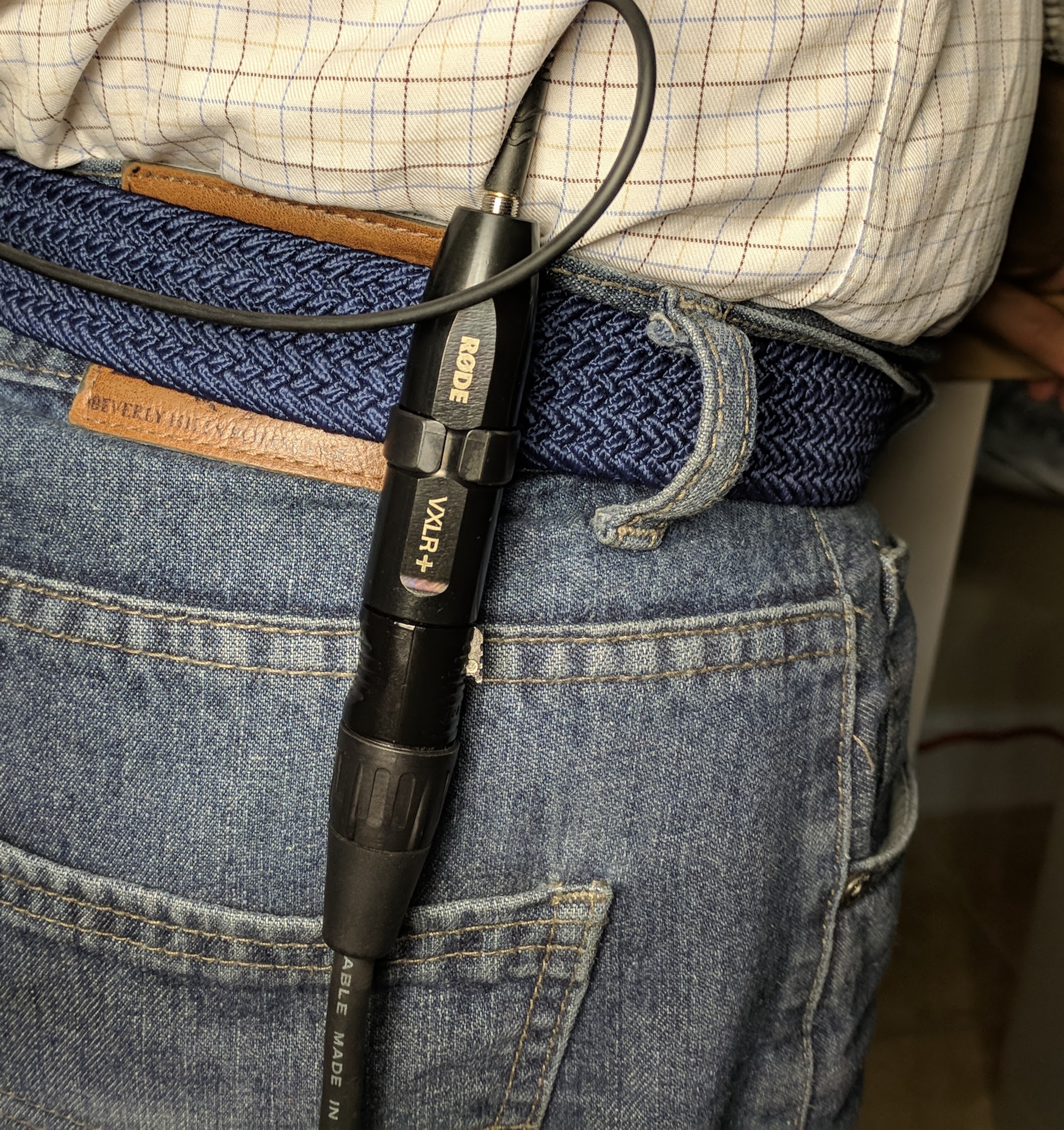
In this situation, the VXLR+ takes the place of that belt-mounted box, supplies the proper bias voltage (aka plugin power) to the unbalanced mic. Thanks to Francisco Arbolí for modeling for this photo, and allowing the use of his Sony PXW-X70 for the main image of this article.
Does the VXLR+ offer a balanced signal the the device it feeds?
As defined in my recent article Balanced audio: benefits and varieties (illustrated above), there are at least three approaches to balanced audio, including transformer balance, electronic balance/active balance and the yet little-known impedance balanced. After conversing with RØDE in depth, I discovered that the VXLR+ uses the ingenious impedance balanced approach, or at least a semi-impedance balanced.
Recent articles and reviews you’ll enjoy
- Build your dynamic microphone modularly: Pyle PDMIC78 with Shure accessories
- Review + comparison: iRig Pre HD cross platform audio interface
- Review: iRig Mic HD 2 handheld digital microphone
- Review: RØDE Broadcaster, the voice microphone that challenges conventional wisdom
- Review: RØDE improves VideoMic Pro+ with several new features
- Use wireless Apple AirPods’ mic for shooting standups/monologues with your smartphone?
- Balanced audio: benefits and varieties
- Review: MixPre-3 audio recorder/mixer from Sound Devices
- My multitrack crossgating audio workflow to eliminate crosstalk
- Review: AT875R shotgun mic & AT8415 shockmount from Audio Technica
Upcoming articles, reviews, radio shows, books and seminars/webinars
Stand by for upcoming articles, reviews, and books. Sign up to my free mailing list by clicking here. Most of my current books are at books.AllanTepper.com, and my personal website is AllanTepper.com.
Si deseas suscribirte a mi lista en castellano, visita aquí. Si prefieres, puedes suscribirte a ambas listas (castellano e inglés).
Listen to his CapicúaFM show at CapicúaFM.com or subscribe via Apple Podcasts, Radio Public or Stitcher.
Save US$20 on Project Fi, Google’s mobile telephony and data
Click here to save US$20 on Project Fi, Google’s mobile telephone and data service which I have covered in these articles.
Learn to speak Castilian, the most widely used Spanish language
FTC disclosure
No manufacturer is specifically paying Allan Tépper or TecnoTur LLC to write this article or the mentioned books. Some of the other manufacturers listed above have contracted Tépper and/or TecnoTur LLC to carry out consulting and/or translations/localizations/transcreations. Many of the manufacturers listed above have sent Allan Tépper review units, including RØDE. So far, none of the manufacturers listed above is/are sponsors of the TecnoTur programs, although they are welcome to do so, and some are, may be (or may have been) sponsors of ProVideo Coalition magazine. Some links to third parties listed in this article and/or on this web page may indirectly benefit TecnoTur LLC via affiliate programs. Allan Tépper’s opinions are his own.
Copyright and use of this article
The articles contained in the TecnoTur channel in ProVideo Coalition magazine are copyright Allan Tépper/TecnoTur LLC, except where otherwise attributed. Unauthorized use is prohibited without prior approval, except for short quotes which link back to this page, which are encouraged!

Filmtools
Filmmakers go-to destination for pre-production, production & post production equipment!
Shop Now